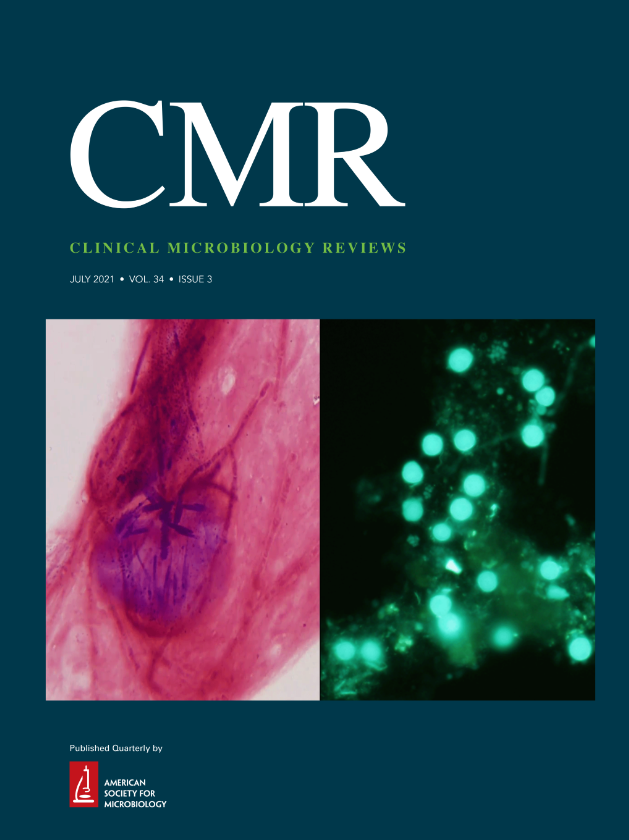Canonical fact versus hypothesis testing to decipher transmission of non-tuberculous and tuberculous mycobacteria: a comparative review.
IF 19.3
1区 医学
Q1 MICROBIOLOGY
引用次数: 0
Abstract
SUMMARYDespite the clinical relevance of major tuberculous pathogens to domestic animals and humans, the understanding of mycobacterial transmission modes, pathways, and interactions in their natural habitats remains very limited. The reason for this is primarily because ecological and evolutionary concepts have not yet been widely applied to the understanding of these bacteria. Most existing research on mycobacterial transmission is not founded on hypothesis testing but rather tends to accept the most recent explanation and turn it into a canonical fact. In this comparative review, we discuss plausible alternative hypotheses against a null hypothesis of environmental origin to intensify research on mycobacterial pathogens and their capacity to spread in the context of global change. We highlight a major bias in perceptions of mycobacterial infection transmission, with most work concentrating only on the contagious stage of tuberculous clones. We suggest broadening the field to include research on environmental non-tuberculous mycobacteria and their life histories. A deeper understanding of mycobacterial ecology and evolution is more important now than ever, considering the vast diversity of known and unknown mycobacterial species in natural ecosystems. Infectious disease medicine, veterinary science, and public health surveillance should take a more integrative disease ecology approach to enhance the development of new approaches for control of these animal and human pathogens.规范事实与假设检验来破译非结核和结核分枝杆菌的传播:比较回顾。
尽管主要结核病原体与家畜和人类的临床相关性,但对分枝杆菌在其自然栖息地的传播模式、途径和相互作用的了解仍然非常有限。这主要是因为生态学和进化的概念还没有被广泛应用于对这些细菌的理解。大多数关于分枝杆菌传播的现有研究不是建立在假设检验的基础上,而是倾向于接受最新的解释,并将其变成一个规范的事实。在这篇比较综述中,我们讨论了对环境起源零假设的合理替代假设,以加强对分枝杆菌病原体及其在全球变化背景下传播能力的研究。我们强调了在分枝杆菌感染传播的认知上的主要偏见,大多数工作只集中在结核克隆的传染阶段。我们建议拓宽研究领域,包括对环境非结核分枝杆菌及其生活史的研究。考虑到自然生态系统中已知和未知分枝杆菌种类的巨大多样性,对分枝杆菌生态学和进化的深入了解比以往任何时候都更加重要。传染病医学、兽医科学和公共卫生监测应采取更加综合的疾病生态学方法,以加强开发控制这些动物和人类病原体的新方法。
本文章由计算机程序翻译,如有差异,请以英文原文为准。
求助全文
约1分钟内获得全文
求助全文
来源期刊

Clinical Microbiology Reviews
医学-微生物学
CiteScore
54.20
自引率
0.50%
发文量
38
期刊介绍:
Clinical Microbiology Reviews (CMR) is a journal that primarily focuses on clinical microbiology and immunology.It aims to provide readers with up-to-date information on the latest developments in these fields.CMR also presents the current state of knowledge in clinical microbiology and immunology.Additionally, the journal offers balanced and thought-provoking perspectives on controversial issues in these areas.
 求助内容:
求助内容: 应助结果提醒方式:
应助结果提醒方式:


